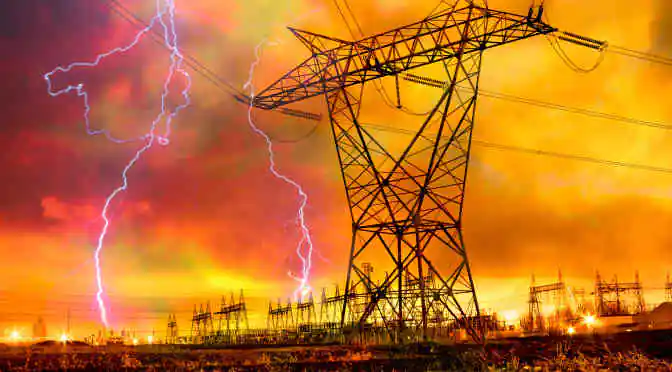It’s a story we’ve heard time and again—growing populations worldwide are increasing our global demand for energy, and in turn, our dependence on fossil fuels.
Coal is expected to remain the primary fossil fuel for power generation, accounting for more than a 40% market share by 2020. Close to 130 gigawatts of coal-based electricity generation capacity was added in 2013 — more than any other fuel.
However, using fossil fuels to generate energy results in massive carbon emissions. This is where carbon capture and storage comes in. This technology captures and stores manmade carbon dioxide instead of releasing it into the atmosphere. After the CO2 is captured at its source, it is converted into a concentrated stream for transportation and storage.
Carbon capture and storage and other carbon-abatement technologies are necessary to mitigate the adverse environmental effects of power generation, which is contributing to a CAGR of 31.63% from 2014-2019 in the global carbon capture and storage market.
But as much as the market is in a strong period of growth, there are still some big market challenges expected to impact this growth over the forecast period.
The Good
Growing demand for reuse of CO2
The growing demand for the reuse of CO2 will drive the growth of the global carbon capture and storage market in the future.
Existing and emerging applications of CO2:
The diversification of CO2 generation sources for carbon capture and storage is essential in encouraging power utilities and oil and gas companies to integrate carbon capture and storage technologies into their projects. For example, independent power producer Summit Power is expected to generate revenue by selling captured CO2 from the Texas Clean Power Project to oil and gas producers for enhanced oil recovery.
Growing investments and advances in technology
Investments in R&D for next-generation capture technologies have increased over the years. Government initiatives promoting carbon capture and storage technology are also contributing to the growth of the market. Both the public and the private sectors are investing heavily in testing and commercializing low-carbon technology to reduce carbon costs and protect the environment. Advances in energy technologies and in carbon capture and storage technology are enabling the development of cost-effective solutions that tackle the global issue of climate change by reducing carbon emissions.
The Bad
Insufficient financial support
The slow development of carbon capture and storage technology and the slow rise in demonstration projects to create awareness about the technology are a result of the low financial support given by governments and companies for energy generation projects.
This lack of financial support can generally be attributed to the fact that more funding is needed for carbon capture and storage projects than for renewable energy projects.
And given that renewable energy is (rightfully) all the rage, a lot of government and private sector funding is going towards renewables rather than carbon storage.
But as much as a focus on renewables is a good thing, it is estimated that after 2020, it will cost $4.30 for every dollar not spent on carbon mitigation technology pre-2020.
The message here is pretty clear: We are still heavily reliant on fossil fuels, and need to consider the long-term implications of this dependence, or risk the financial and environmental impact down the road.
The Ugly
Big risks associated with carbon capture and storage
Carbon capture and storage technology involves inherent risks and pollution hazards, including the risk of a CO2 leak, which has generated a significant amount of opposition for carbon capture projects.
And even though carbon capture and storage technology reduces CO2 emissions, it can actually increase nitrogen and sulfur dioxide emissions. On top of the potentially nasty environmental issues, governments have failed to develop policies to address this, which is seriously putting the brakes on further development of carbon capture technology.



